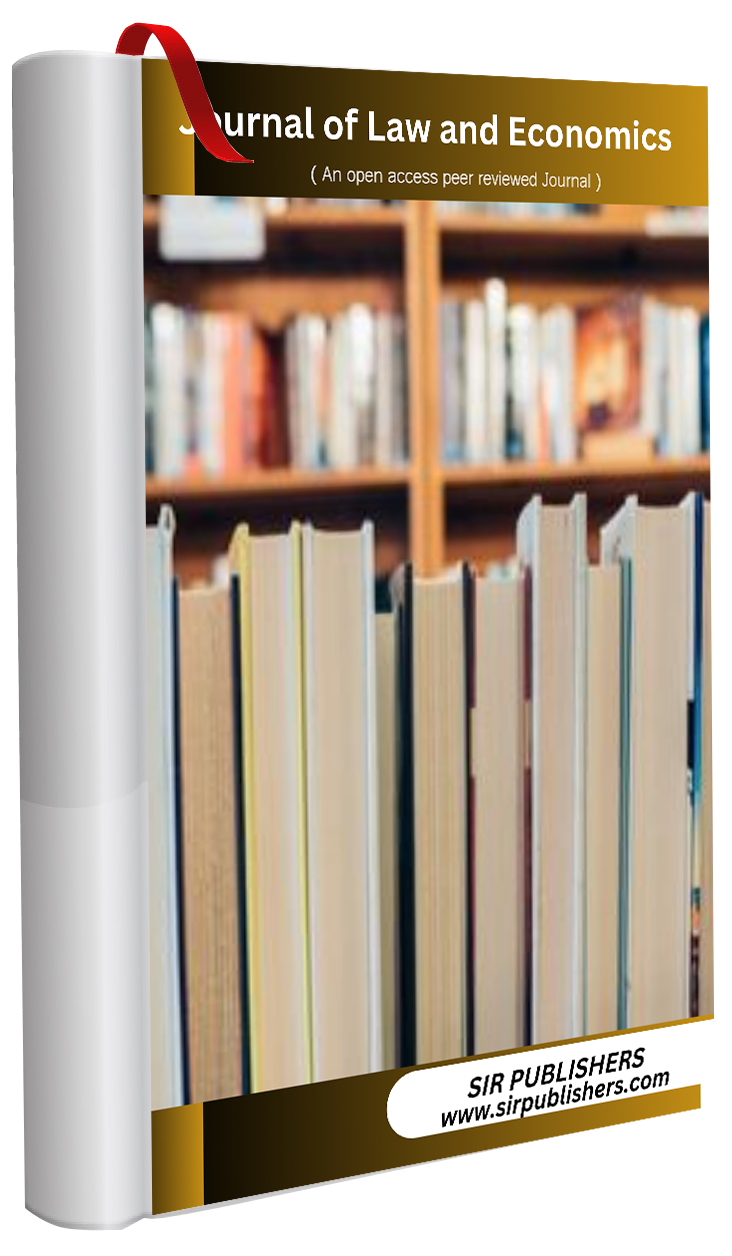FINANCIAL INVESTIGATIONS AND CONFISCATION OF ILLEGALLY ACQUIRED ASSETS IN THE CONTEXT OF THE FIGHT AGAINST CORRUPTION
Keywords:
Corruption, asset recovery, financial investigations, confiscation, money launderingAbstract
Corruption enables the theft of public assets, undermining development and governance. Financial investigations and asset recovery are important tools to counter corruption. This article examines the international frameworks that enable cross-border cooperation on confiscation, and national practices in key jurisdictions. It outlines investigative approaches used to trace corrupt funds through the financial system. The article considers the effectiveness of asset confiscation in depriving corrupt networks of illicit wealth and sending a message of accountability. Key challenges include opaque corporate structures and lack of political will. The research finds asset recovery can support development and justice when part of a wider integrity strategy, although its outcomes remain limited to date.
References
Du Plessis, A., et al. (2017). After the expedition: A benchmark study on asset recovery in the Arab Region. Basel Institute on Governance, pp. 12-15.
Financial Action Task Force. (2012). Best practices on confiscation (Recommendations 4 and 38) and a framework for ongoing work on asset recovery. FATF, Paris, pp. 7-11.
Gray, L., Hansen, K., Recica-Kirkbride, P., & Mills, L. (2014). Few and far: The hard facts on stolen asset recovery. The World Bank, pp. 5-18.
Greenberg, T.S., Samuel, L.M., Grant W., & Gray, L. (2009). Stolen asset recovery: A good practices guide for non-conviction based asset forfeiture. The World Bank, pp. 67-92.
O'Brien, K., Romaniuk, P. & Doktorova, B. (2019). The use of open source information in asset recovery investigations. Basel Institute on Governance, pp. 22-41.
Stephenson, K.M., Gray, L., Power, R., Brun, J-P., Dunker, G. & Panjer, M. (2011). Barriers to asset recovery: An analysis of the key barriers and recommendations for action. The World Bank, pp. 15-23.
United Nations Convention Against Corruption. (2005). UN General Assembly Resolution 58/4, Articles 51-59.








